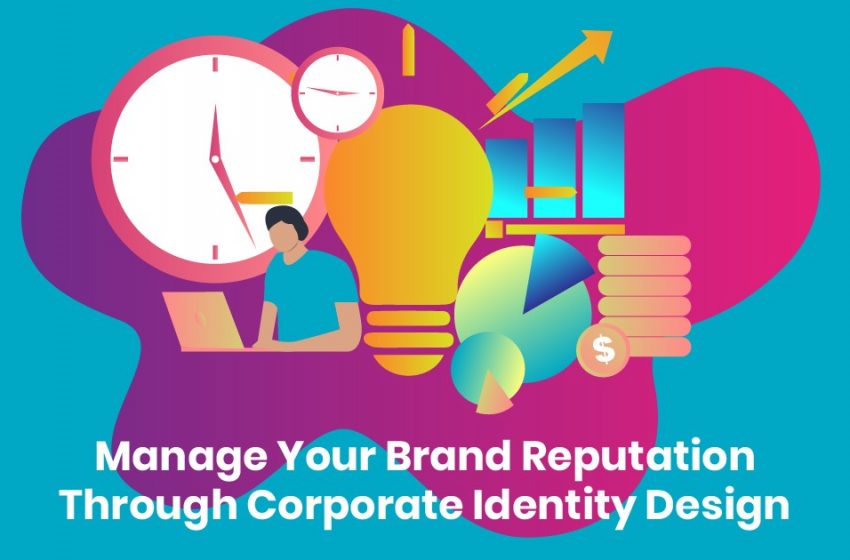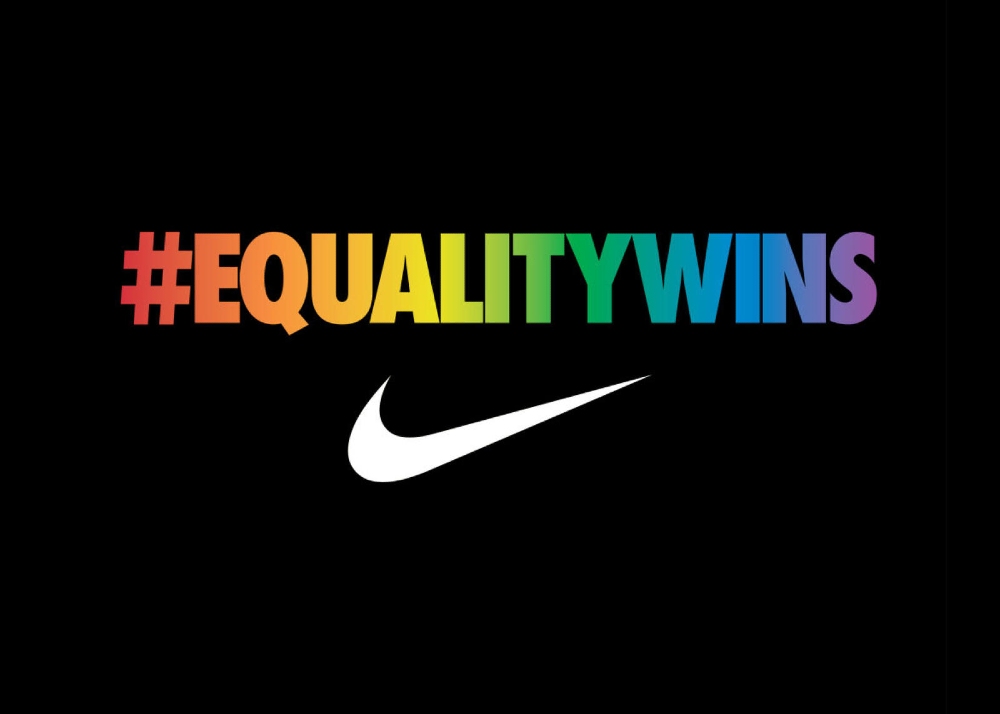The Link Between Corporate Identity Design and Brand Reputation

Good corporate identity design is crucial in differentiating your brand from the competition. But ask any seasoned marketer, and they’ll tell you that there’s more to it than just creating a face for your business. According to Statista, brands influence customer choice and build loyalty. They attract, retain, and motivate talent, as well as lower the cost of financing.
Meanwhile, here’s why corporate identity is crucial and how experts create it from scratch.
The Importance of Brand Reputation

How other people see your brand is what your brand reputation is. It is what positions you as an authority in your niche. It’s what you use to build confidence in the market and how you gain customer loyalty.
A good example is when you sell perfume, the customer really has no way of getting a whiff of your product unless they go to a physical store or through a magazine. But what about online? This is where brand reputation becomes essential to a business owner. As Elizabeth Arden was quoted as saying, “Repetition makes reputation, and reputation makes customers.”
How to Create Corporate Identity Design
Your company’s visual assets are what corporate identity is all about. From your logo to your social media graphics, these are the design elements that consumers will recognize you with. Here’s how you can build a good reputation using corporate identity design:
Determine Your Purpose
In a world where commerce has become competitively fierce, standing out from the crowd is one of the biggest challenges. One of the best ways to do this is by earning customer loyalty via becoming a purpose-driven brand. To determine your brand purpose, outline why your brand exists.
Back then, the objective was to create a brand that’s better, faster, bigger, or cheaper. Today, it’s about forming strong connections with your customers and bringing them added value. Think about what you offer that goes beyond price points and fantastic product packaging.
What you value as a brand brings definition to your company’s soul. It is powerful in engaging your audience emotionally by emphasizing on your shared beliefs. Your customers can relate to your brand better and forgive your small shortcomings and become brand ambassadors. This Nike ad campaign explains this better:

Understand Your Brand Positioning
Simply put, brand positioning means placing your brand in the minds of customers. When you have positioned your brand effectively, you’ll be rewarded with relevance as well as distinctiveness. When you occupy a space in your customers’ minds, your brand will be perceived as their preference over your competition.
Knowing what your customers want and need is the first step in positioning your brand. You can then think of what you can offer them and how you’re different from the rest. Then you can think of a strategy that sets your place. Using positioning statements such as classic, low-calorie, or environment friendly are good examples.
Do Market Research
The two steps above will become easy to achieve once you understand the who’s, the what’s, and the why’s. Doing thorough research of your target market and your competition would greatly help in your corporate identity design undertaking. This can be as simple as talking to previous customers or creating a survey on your online platforms.
Thorough market research will be a goldmine for many aspects of your business. Through this, you can determine your buyer marketing persona. You’ll know how to create not only brand identity but marketing strategies that will help your brand go towards success and growth.
Know Your Brand Personality

When we think of Disney or Hallmark, the personality that comes to mind is sincerity and wholesomeness. This is what a brand personality means, and you should know what yours is. Brand personality is thehuman characteristic that represents your brand.
Your brand personality is what makes it easy for customers to relate to you. A study conducted by Motista shows that “emotionally connected customers have a 306 percent higher lifetime value.” We’ve always known MTV to be wacky, fun, and eccentric all at the same time, and it’s worked for them for far too long now.
Have a Remarkable Logo
A logo’s primary purpose is to identify, but when consumers remember your logo, it is as good as selling. It is a small image that does gargantuan tasks and is probably the most essential piece of corporate identity design you’ll have. Take considerable effort into creating one. Don’t leave the project to just anyone who can scribble, make sure you get a logo that conveys your brand message well.
Choose Colors Wisely
Colors can help you efficiently project your brand image, values, and personality. One to three colors are enough, but although some got away with it (think Google), the fewer colors, the simpler the design. There is psychology in colors, so a good understanding of how to use it would surely help.
Use the Most Appropriate Fonts
Typography can do magic for your corporate identity design, but sadly, it can also mean your downfall. Choosing the most appropriate fonts for your branding takes years of experience. A professional graphic designer can be expensive, but entrusting this to a non-designer can be short of disastrous.
Your logo, the fonts, and the colors you’ll use for your brand is an investment. There’s no easy way to go about it. Cheap design often results in more expenses because most of the time, an overhaul is needed.


